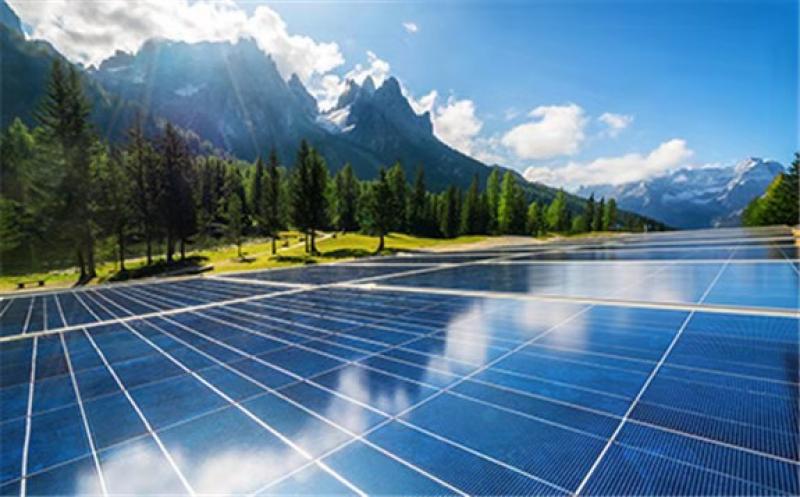Genesis Energy has signalled its intent to develop solar as part of its renewable generation programme. The company is in active discussions with international solar developers to finalise a joint venture (JV) arrangement to deliver up to 500 MW of solar capacity over the next five years as part of its Future-gen strategy. This would generate about 750 GWh/yr – enough to power 100 000 households or 185 000 EVs per year. The JV would also consider battery energy storage solutions to ensure future flexibility.

Locations for projects are predominantly in the North Island, New Zealand, with a focus on existing transmission connection points.
The objective of the Future-gen strategy is to economically displace baseload thermal generation with 2650GWh/yr of renewable generation by 2030. Genesis is actively investigating renewable generation development options. This includes power purchase agreements (PPAs), such as the recent agreement with Tilt Renewables for the new 230 GWh Kaiwaikawe wind farm to be built in Northland by early 2024. A similar arrangement was made for generation from the Waipipi wind farm in South Taranaki completed in March 2021, providing 455 GWh/yr.
The potential for solar become clear through an RFP process it ran earlier in 2021. Genesis Chief Executive Officer Marc England said the RFP process had attracted high interest from both local and international operators and developers.
“We have kept our options open to a variety of technologies and partners to provide diversity to our generation portfolio, which consists of hydro, wind, geothermal and thermal,” said England. “We are moving at a pace that underlines our commitment to transition to renewable sources of generation.”
“Solar makes sense on a number of levels and we believe there is an economic opportunity to develop utility-scale solar projects in New Zealand. We will take advantage of key learnings from the recent surge in interest in solar in Australia, particularly equipment selection, cost efficiencies in the installation process and transmission connection risk,” he said.